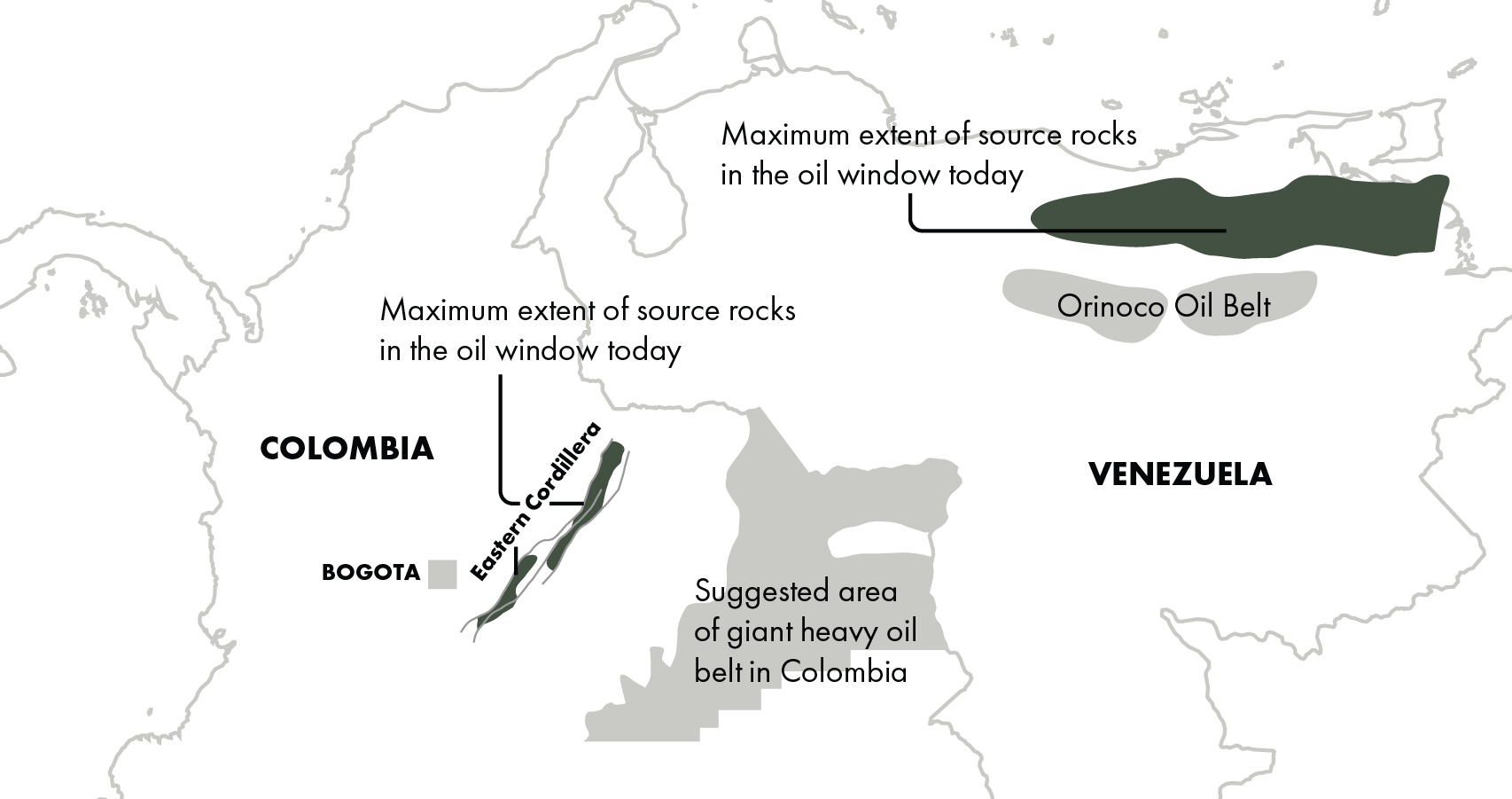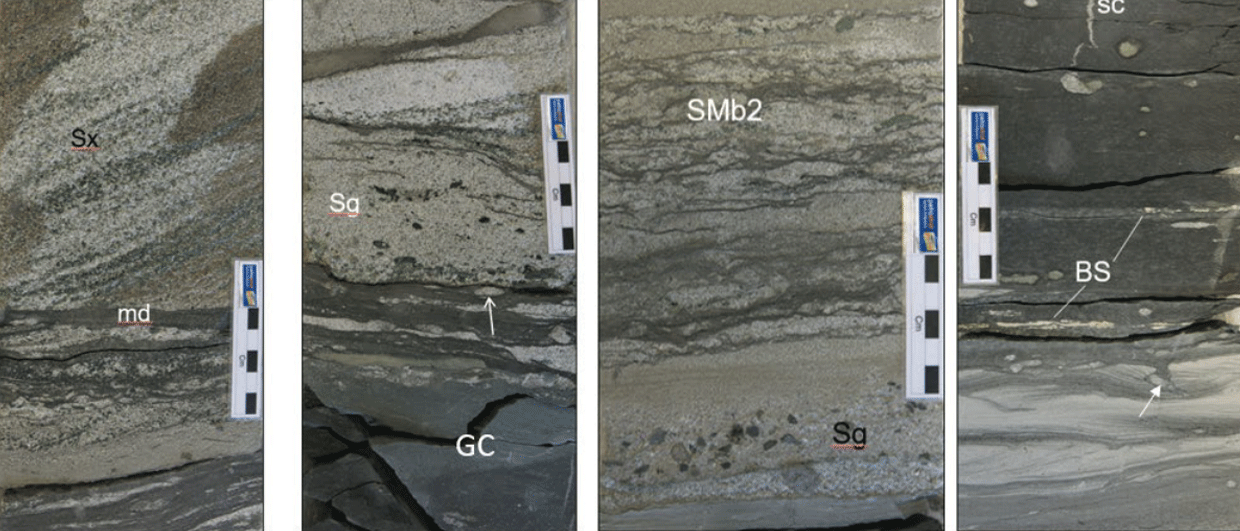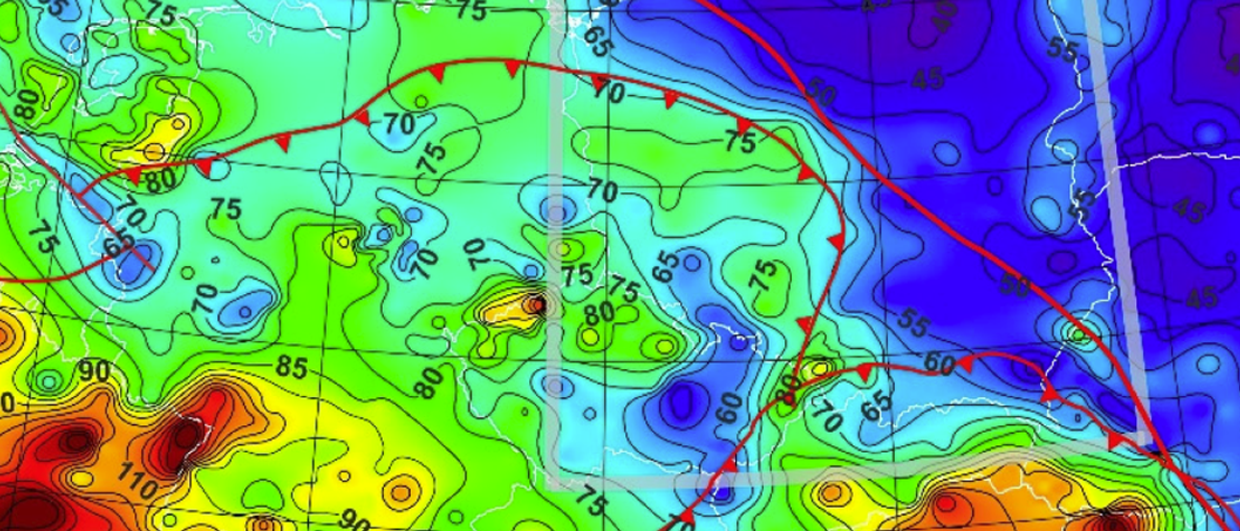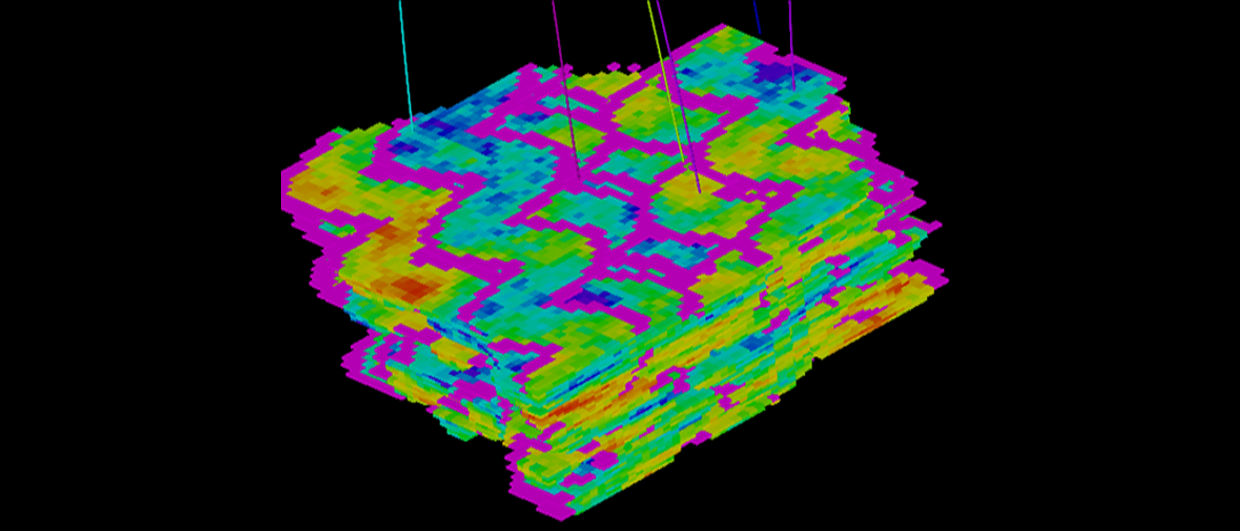Many geologists in Colombia, at some point during their career, had a pressing question in mind: “Is there an equivalent of the Orinoco Heavy Oil as present in Venezuela in our country? And it was not only geologists in Colombia who were fascinated by this question; some of the world’s majors were intrigued by it too, and even had acreage in the area where they expected the heavy oil to be. However, no heavy oil in the same quantities as found in Venezuela was ever discovered in Colombia. A paleogeographic reconstruction by a team from Ecopetrol ultimately provided an answer to this question. The answer lies in source rocks. In contrast to Venezuela, the main Cretaceous source rock in Colombia was uplifted into the Eastern Cordillera to an extent that the kitchen was reduced in size dramatically – see map. For that reason, no massive volumes of oil were generated and no migration took place in the same way as we see across the border.

There is oil in Colombia, but it is found closer to where the current source rocks are and in smaller volumes. It took an extensive study by the Ecopetrol team to properly reconstruct the uplift of the Eastern Cordillera and provide the scientific basis for understanding the lack of an “Orinoco Heavy Oil belt” in Colombia. But it was the paleogeographic reconstruction and the subsequent understanding of the timing of uplift that solved the puzzle and formed the answer to the question that had not only bothered Colombian geologists for a long time, but also resulted in unsuccesful exploration by majors.
This article is the first in a series of five dedicated to the Power of Paleogeography. It forms part of the cover story that was published in Issue 5 of the GEO ExPro magazine. A copy of the magazine can be downloaded here.





